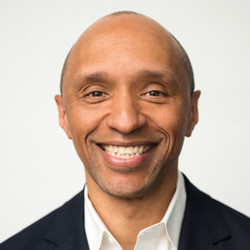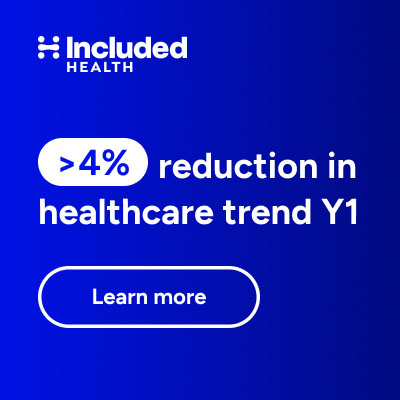By KIM BELLARD
I have to admit, I’ve steered away from writing about AI lately. There’s just so much going on, so fast, that I can’t keep up. Don’t ask me how GPT-5 differs from GPT-4, or what Gemini does versus Genie 3. I know Microsoft really, really wants me to use Copilot, but so far I’m not biting. DeepMind versus DeepSeek? Is Anthropic the French AI, or is that Mistral? I’m just glad there are younger, smarter people paying closer attention to all this.
Still, I’m very much concerned about where the AI revolution is taking us, and whether we’re driving it or just along for the ride. In Fast Company, Sebastion Buck, co-founder of the “future design company” Enso, posits a great attitude about the AI revolution:
The scary news is: We have to redesign everything.
The exciting news is: We get to redesign everything.
He goes on to explain:
Technical revolutions create windows of time when new social norms are created, and where institutions and infrastructure is rethought. This window of time will influence daily life in myriad ways, from how people find dates, to whether kids write essays, to which jobs require applications, to how people move through cities and get health diagnoses.
Each of these are design decisions, not natural outcomes. Who gets to make these decisions? Every company, organization, and community that is considering if—and how—to adopt AI. Which almost certainly includes you. Congratulations, you’re now part of designing a revolution.
I want to pick out one area in particular where I hope we redesign everything intentionally, rather than in our normal short-sighted, laissez-faire manner: jobs and wealth.
It has become widely accepted that offshoring led to the demise of U.S. manufacturing and its solidly middle class blue collar jobs over the last 30 years. There’s some truth to that, but automation was arguably more of a factor – and that was before AI and today’s more versatile robots. More to the point, today’s AI and robots aren’t coming just to manufacturing but pretty much to every sector.
Former Transportation Secretary Pete Buttigieg warned:
The economic implications are the ones that I think could be the most disruptive, the most quickly. We’re talking about whole categories of jobs, where — not in 30 or 40 years, but in three or four — half of the entry-level jobs might not be there. It will be a bit like what I lived through as a kid in the industrial Midwest when trade in automation sucked away a lot of the auto jobs in the nineties — but ten times, maybe a hundred times more disruptive.
Mr. Buttigieg is no AI expert, but Erik Brynjolfsson, senior fellow at Stanford’s Institute for Human-Centered Artificial Intelligence and director of the Stanford Digital Economy Lab, is. When asked about those comments, he told Morning Edition: “Yeah, he’s spot on. We are seeing enormous advances in core technology and very little attention is being paid to how we can adapt our economy and be ready for those changes.”
You could look, for example, at the big layoffs in the tech sector lately. Natasha Singer, writing in The New York Times, reports on how computer science graduates have gone from expecting mid-six figure starting salaries to working at Chipotle (and wait till Chipotle automates all those jobs). The Federal Reserve Bank of New York says unemployment for computer science & computer engineering majors is better than anthropology majors, but, astonishingly, worse than pretty much all other majors.
And don’t just feel sorry for tech workers. Neil Irwin of Axios warns: “In the next job market downturn — whether it’s already starting or years away — there just might be a bloodbath for millions of workers whose jobs can be supplanted by artificial intelligence.” He quotes Federal Reserve governor Lisa Cook: “AI is poised to reshape our labor market, which in turn could affect our notion of maximum employment or our estimate of the natural rate of unemployment.”
In other words, you ain’t seen nothing yet.
While manufacturing was taking a beating in the U.S. over the last thirty years, tech boomed. Most of the world’s largest and most profitable companies are tech companies, and most of the world’s richest people got their wealth from tech. Those are, by and large, the ones investing most heavily in AI — most likely to benefit from it.
Professor Brynjolfsson worries about how we’ll handle the transition to an AI economy:
The ideal thing is that you find ways of compensating people and managing a transition. Sad to say, with trade, we didn’t do a very good job of that. A lot of people got left behind. It would be a catastrophe if we made the similar mistake with technology, [which] that also is going to create enormous amounts of wealth, but it’s not going to affect everyone evenly. And we have to make sure that people manage that transition.
“Catastrophe” indeed. And I fear it is coming.
Continue reading…













